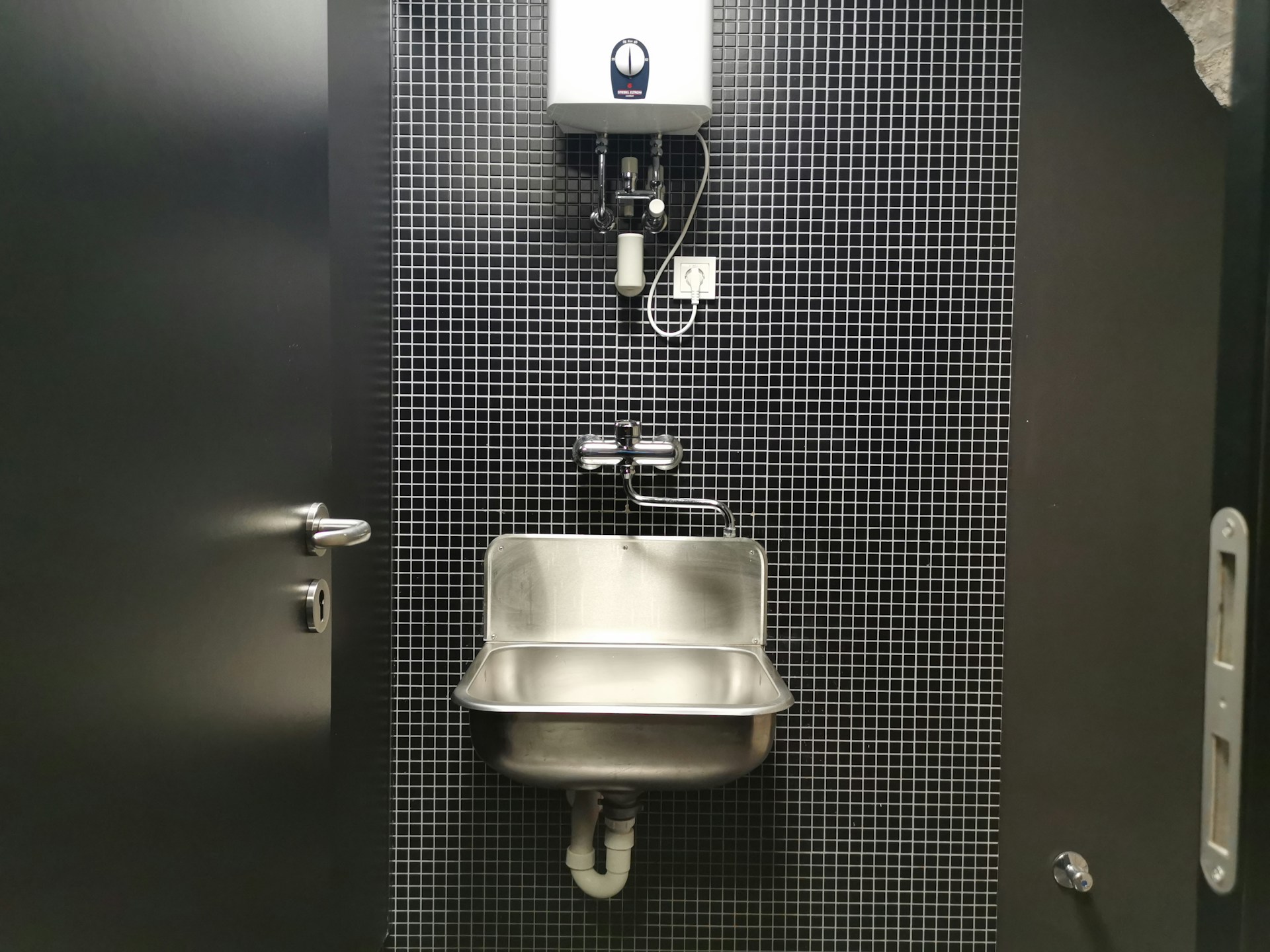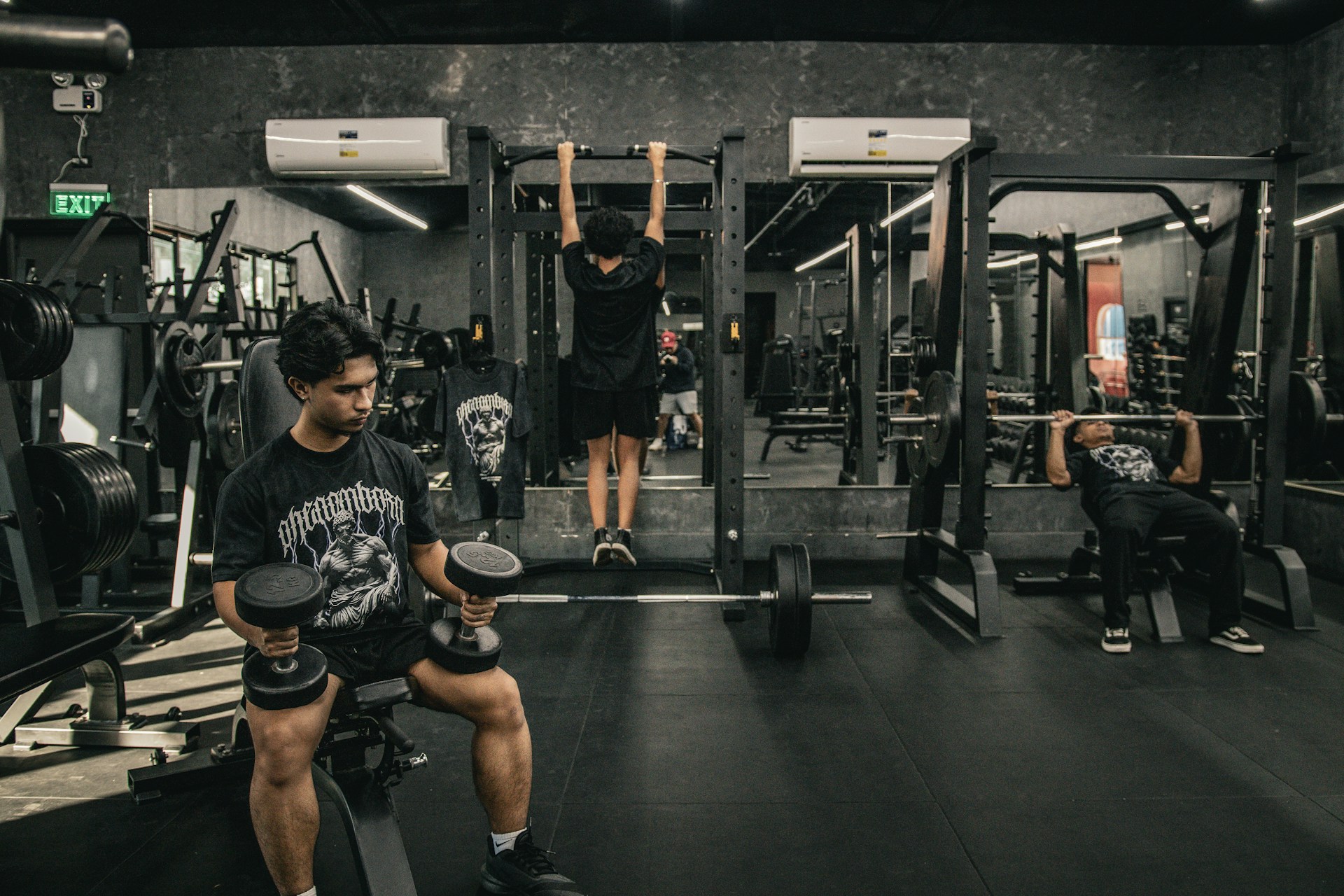Heat-tracing technology is fundamental to maintaining operational integrity across various industries, from oil and gas to food processing. By preventing freezing and maintaining process temperatures, these systems are critical for safety and efficiency.
As we look toward 2025, the field is experiencing significant heating line advancements, driven by the need for greater energy efficiency, improved safety, and smarter system management.
This article will explore the latest innovations in heat-trace cable technology, offering a clear view of the new solutions shaping the industry.
1. The Rise of Self-Regulating Technology
Self-regulating cables represent a major leap forward in heat-tracing. Unlike constant wattage cables, these advanced systems can automatically adjust their heat output along their entire length based on the ambient temperature.
How It Works
The core of a self-regulating cable is made from a conductive polymer that contains carbon particles.
- When the surrounding temperature drops, the polymer contracts. This contraction creates more electrical pathways for the carbon particles, causing the cable to heat up.
- Conversely, as the temperature rises, the polymer expands. This separates the carbon particles, reducing the number of electrical paths and lowering the heat output.
Key Benefits
This inherent intelligence offers several advantages:
- Energy Efficiency: The cable only produces heat where and when it’s needed, significantly reducing energy consumption compared to constant wattage systems.
- Enhanced Safety: The self-regulating nature prevents the cable from overheating, even when overlapped. This reduces the risk of fire and damage to pipes or surrounding materials.
- Simplified Design: The ability to cut the cable to any length on-site makes installation and design more flexible and straightforward.
2. Advanced Polymer and Material Science
The performance and durability of heat-trace cables are directly linked to the materials used in their construction. The latest innovations in polymer science are leading to more robust and reliable cable tech.
Fluoropolymer Jackets
New formulations of fluoropolymers are being used for the outer jackets of cables. These materials offer superior resistance to:
- Chemicals: They can withstand exposure to aggressive chemicals without degrading, making them ideal for chemical processing plants and refineries.
- UV Radiation: Enhanced UV resistance prevents the jacket from becoming brittle and cracking when exposed to sunlight, extending the cable’s lifespan in outdoor applications.
- Abrasion: A tougher jacket material reduces the risk of mechanical damage during installation and operation.
Conductor Enhancements
Improvements are not limited to the outer layers. Advancements in conductor alloys and construction are leading to cables that are more flexible and resistant to fatigue from thermal cycling, ensuring a longer operational life.
3. Integration with the Industrial Internet of Things (IIoT)
One of the most significant heating line advancements is the integration of heat-tracing systems with IIoT platforms. This connectivity transforms traditional heat-tracing from a passive system into an active, intelligent network.
Smart Monitoring and Control
IIoT-enabled systems allow for real-time monitoring of every aspect of the heat-tracing network.
- Centralized Dashboards: Operators can view the status of entire circuits from a central control room.
- Remote Adjustments: Setpoints can be adjusted remotely, allowing for quick responses to changing process requirements or weather conditions.
- Automated Alerts: The system can automatically send alerts to maintenance personnel if it detects a fault, such as a loss of power or a drop in temperature below a critical threshold.
Predictive Maintenance
By continuously collecting and analyzing data, these smart systems can predict potential failures before they occur.
- Data Analysis: Algorithms analyze trends in temperature, power consumption, and ground fault current to identify anomalies that may indicate a developing issue.
- Proactive Repairs: This predictive capability allows maintenance to be scheduled proactively, reducing unplanned downtime and preventing catastrophic failures.
4. Mineral-Insulated (MI) Cable Innovations
Mineral-insulated cables are the go-to solution for high-temperature and high-power applications. Recent innovations have focused on making them more versatile and easier to install.
Laser-Welded Sheaths
Traditionally, MI cable sheaths were drawn-down tubes. The introduction of laser-welding technology allows for the creation of MI cables in a wider range of alloys and with greater precision.
This process results in a more consistent and reliable sheath, improving the cable’s overall performance and lifespan.
Factory-Terminated Units
One of the challenges with MI cable has always been the field termination process, which requires specialized skills and tools. To address this, manufacturers are increasingly offering factory-terminated MI cable units.
These pre-fabricated assemblies arrive on-site ready to install, ensuring high-quality, reliable connections while significantly reducing installation time and cost.
5. Focus on Energy Efficiency and Sustainability
As industries face increasing pressure to reduce their carbon footprint, energy efficiency has become a primary driver of innovation in heat-tracing.
Low-Voltage Systems
The development of low-voltage DC heat-tracing systems offers a safer and more efficient alternative to traditional AC systems in specific applications.
These systems are often easier to install and can be integrated with renewable energy sources like solar power, making them a more sustainable option.
Advanced Control Algorithms
Beyond simple on/off or proportional control, new control systems use sophisticated algorithms to optimize energy use.
These controllers can account for factors like ambient temperature, wind speed, and thermal insulation quality to deliver the precise amount of energy required, minimizing waste.
6. Skin-Effect Heat-Tracing for Long Pipelines
For long-distance pipelines, skin-effect heat-tracing is an efficient solution. This technology uses the pipeline itself as the heating element.
System Improvements
Recent improvements in this cable tech include more advanced power management systems and better insulation materials for the accompanying heat tube.
These enhancements allow a single power point to heat pipelines up to 25 kilometers long, making it a cost-effective solution for long-distance fluid transport.
Charting the Course for Industrial Heating
The latest innovations in heat-tracing are setting new standards for efficiency, safety, and intelligent operation.
From the inherent smarts of self-regulating cables to the system-wide intelligence provided by IIoT integration, these advancements are helping industries optimize their processes and reduce their environmental impact.
As material science and digital technology continue to evolve, we can expect heat-trace cable technology to become even more sophisticated, further solidifying its role as a critical component of modern industrial operations.




